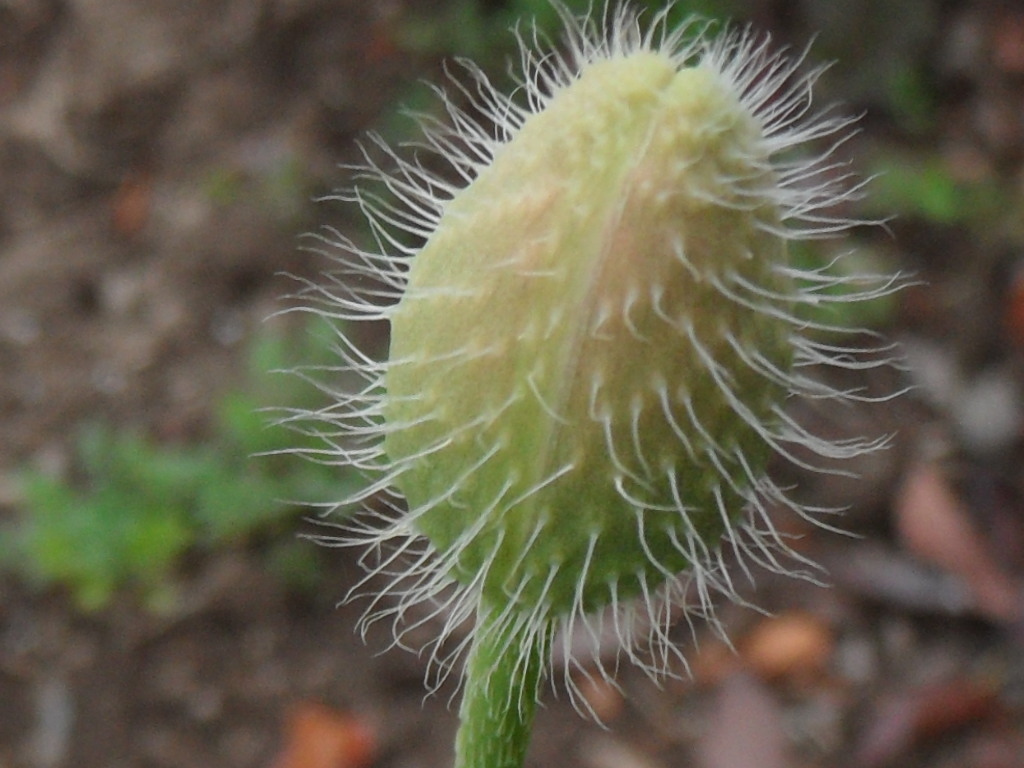
Annuals or perennials herbs to soft-wooded shrubs. Laticifers present, and plants with white, cream, yellow, orange or red latex, or with secretory cells and sap then mucilaginous and clear. Leaves usually alternate and spiral, entire or toothed, often lobed or deeply dissected, occasionally all basal; stipules absent. Inflorescences various, flowers solitary or in clusters. Flowers bisexual, usually regular. Sepals usually 2 or 3, free, usually soon shed. Petals usually 4 or 6, sometimes 8–12(–16), rarely absent, free, in 2 whorls and often crumpled in bud and thus wrinkled when expanded; often the 2 or 3 inner petals differentiated from the 2 or 3 outer petals, and sometimes with 1 or 2 outer petals with a basal nectar spur or pouch, and the inner petals generally fused or sticky-connivent over the stigmas at the tip. Stamens usually numerous; filaments free or fused, sometimes petal-like. Carpels 2 or more, united. Ovary superior with a single subdivided chamber; ovules numerous, placentation parietal. Fruit a capsule, opening variously, usually by apical pores, valves or longitudinal slits, often with a persistent replum, or a nut or loment-like.
Papaveraceae now includes Fumariaceae. This treatment follows Stevens, P.F. (2018, Angiosperm Phylogeny Website).
Papaver somniferum is the source of opiates and morphine and, together with P. orientale L., is illegal in the home garden.
Common species in this family are generally regarded as poisonous to livestock. Fumitories are common weeds not only of gardens and waste places but also environmental and agricultural weeds; they contain toxic alkloids and are suspected of poisoning stock.
RARELY CULTIVATED SPECIES Dendromecon harfordii Kellogg is an evergreen yellow-flowered woody shrub from California and offshore islands. Eomecon chionantha Hance, Poppy of the Dawn, from China which has fused sepals and 4 white petals. There are two rarely cultivated poppies from E North America. Hunnemannia fumariifolia Sweet, Mexican Tulip Poppy, is occasionally grown: it has dissected leaves, free sepals that fall as the flower opens and yellow petals 2-3 cm long. This plant has some weed potential. Sanguinaria canadensis L., Red Puccoon, is the only species in its genus; it has basal palmately veined leaves only, with 6-12 free, white to pale pink petals and red sap. Stylomecon heterophylla (Benth.) G. Tayl. from California is also occasionally offered in the trade. It grows to about 1 m tall and has a short, slender style, the orange-red petals are 1-2 cm long with a purple basal spot above the green base and it has a flattened ovary and capsule opening at the top by 8 pores. This plant has some weed potential. Stylophorum diphyllum (Michx.) Nutt., Celandine Poppy, has 4-petalled yellow flowers in stalkless few-flowered clusters and bristly capsules. Three species of Argemone are weedy in Australia: A. mexicana L., Mexican Poppy, and A. ochroleuca Sweet are naturalised in all States but are noxious in WA; A. subfusiformis G.B.Ownbey is naturalised in NSW. They are all prickly, waxy blue, thistle-like plants with yellow sap. A. grandiflora Sweet from Mexico is offered as an ornamental.
Papaver somniferum and P. bracteatum are the source of pain-killing alkaloids including codeine and morphine.
Showy mostly 4-petalled flowers, sometimes di or trimorphic and or 2 usually saccate; sap present, often coloured.
44 genera and about 825 species mostly from the northern hemisphere, 11 genera and 26 species in Australia.
Goldblatt (1974), Taylor, G. (1991), Liden (1986), Grey-Wilson (1993).
Source: (1997). Papaveraceae. In: . Horticultural Flora of South-eastern Australia. Volume 2. Flowering plants. Dicotyledons. Part 1. The identification of garden and cultivated plants. University of New South Wales Press.
Updated by: Val Stajsic, April 2018
